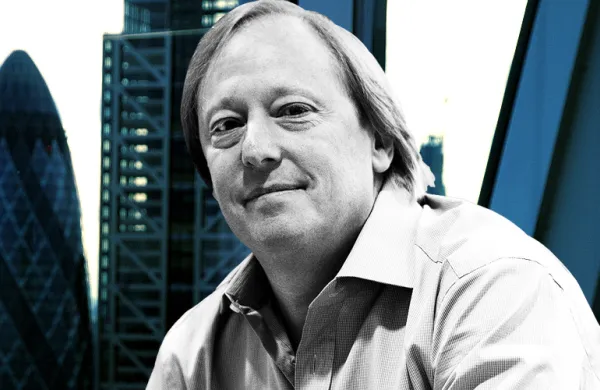< The 2014 Tech 50: Moving Out of the Lab and Into the Cloud

1
Thomas Secunda
Global Head of Financial Products
and Services
Bloomberg
Last year: 1
From its start in 1982, Bloomberg was “an instrument for change” in bond trading, Thomas Secunda says. The fact that “Bloomberg brought transparency to very opaque markets,” blazing a trail toward improved price discovery and efficient trading in one type of instrument after another, is one of the accomplishments that makes Secunda, co-founder and vice chairman of the New York–based financial information company, most proud. But the growth, product proliferation and acceleration in the markets and the data volumes they generate have in a sense turned back the clock. “The overflow of information has created new problems with opacity,” Secunda observes. Even users of the Bloomberg Professional terminal network, which has more than 320,000 subscribers around the world, will say: “There is so much here. How can I find what I’m looking for?”
Bloomberg’s 3,000-plus technologists, led by Secunda, whose responsibilities as global head of financial products and services include Bloomberg Professional, are on the case. Harnessing what the 60-year-old describes as “a combination of human intelligence, domain knowledge, natural language processing and machine learning,” they are on a constant quest to simplify navigation and searchability. Historically, to get the most out of the terminal, users needed to understand its intricacies. Secunda wants the platform also to serve nonexperts — or anyone just seeking a quick answer. “We’re trying to have the machine eat the complications,” he says.
Simplification is also on offer from Bloomberg’s $1 billion enterprise business: technology, platform and data management services that Secunda says can save customers significant amounts while generating new revenue for Bloomberg. The return to the firm this year of founder Michael Bloomberg after 12 years as mayor of New York City “has increased our energy level and excitement,” Secunda notes. “He is going to push us. He is a big fan of things being intuitive.”
The 2014 Tech 50
1
Dave Cross
| 1
| 3
IAN CURCIO 2011
| 4
FayFoto/Boston
| 5
Teri Pengilley
|
| Thomas Secunda Bloomberg | Jeffrey Sprecher Intercontinental Exchange | Catherine Bessant Bank of America Corp. | Stephen Neff Fidelity Investments | Lance Uggla Markit |
6
| 7
| 8
Photographer:Charlie Simokaitis
| 9
| 10
Mark McQueen
|
| Robert Goldstein BlackRock | David Craig Thomson Reuters | Phupinder Gill CME Group | Anna Ewing NASDAQ OMX Group | R. Martin Chavez Goldman Sachs Group |
11
| 12
| 13
| 14
| 15
Christopher Elston
|
| Deborah Hopkins Citi Ventures | Dan Mathisson Credit Suisse | Daniel Coleman KCG Holdings | Michael Spencer ICAP | Michael Bodson Depository Trust & Clearing Corp. |
16
| 17
| 18
Todd Plitt
| 19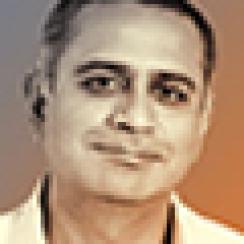
| 20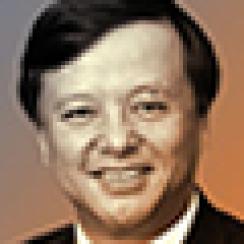
|
| Joe Ratterman BATS Global Markets | Dominique Cerutti Euronext | Ron Levi GFI Group | Gaurav Suri D.E. Shaw Group | Charles Li Hong Kong Exchanges and Clearing |
21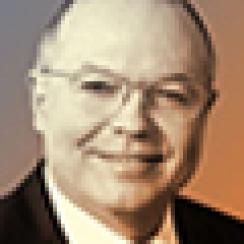
Larry Lettera/ Camera 1
| 22
| 23
| 24
XT
| 25
|
| Lou Eccleston S&P Capital IQ | Lee Olesky Tradeweb Markets | Richard McVey MarketAxess Holdings | Seth Merrin Liquidnet Holdings | Antoine Shagoury London Stock Exchange Group |
26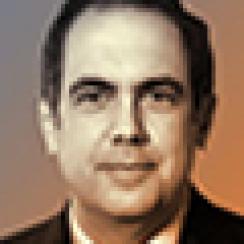
Production
| 27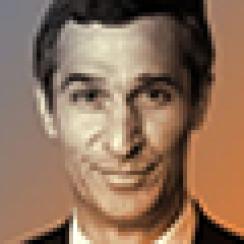
Wayne R. Martin
| 28
| 29
Thorsten Jansen
| 30
Adam B. Auel
|
| Christopher Perretta State Street Corp. | Kevin Rhein Wells Fargo & Co. | Peter Carr Morgan Stanley | Hauke Stars Deutsche Börse | Robert Alexander Capital One Financial Corp. |
31
| 32
| 33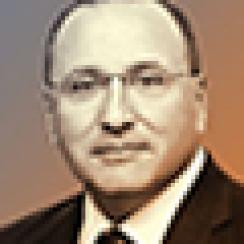
Paul Elledge
| 34
| 35
Stephen Brashear
|
| David Gershon SuperDerivatives | Chris Corrado MSCI | Joseph Squeri Citadel | Tanuja Randery BT Global Services | John Bates Software AG |
36
| 37
| 38
| 39
Photo Credit: Kevin Irby
| 40
|
| Gary Scholten Principal Financial Group | David Gledhill DBS Bank | Simon Garland Kx Systems | Cristóbal Conde FinTech Innovation Lab | Jeff Parker EidoSearch |
41
| 42
Jeff Smith Photo
| 43
| 44
| 45
|
| Kim Fournais & Lars Seier Christensen Saxo Bank | Kenneth Marlin Marlin & Associates | Tyler Kim MaplesFS | Jim McGuire Charles Schwab Corp. | Jim Minnick eVestment |
46
| 47
| 48
tomohisa ichiki
| 49
David Poultney
| 50
A.E. Fletcher Photography
|
| Steven O’Hanlon Numerix | Sebastián Ceria Axioma | Yasuki Okai Nomura Research Institute | Niki Beattie Market Structure Partners | Mas Nakachi OpenGamma |



